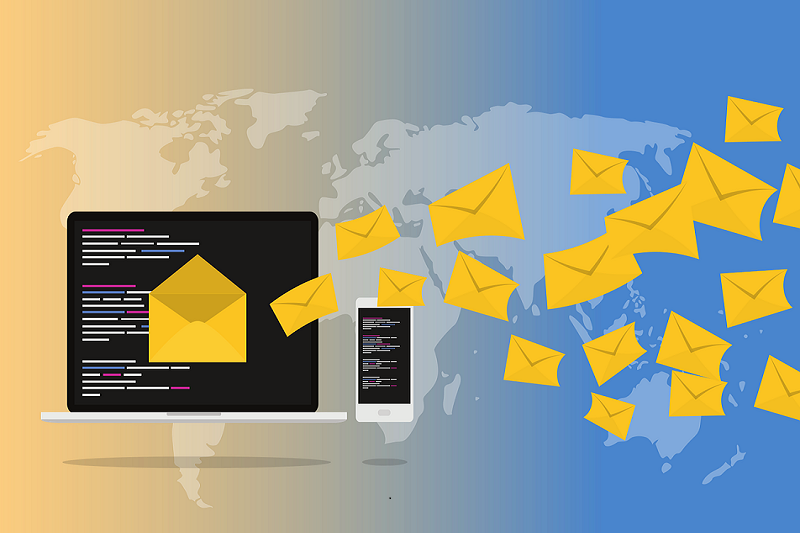ATD Blog
Seven Deadly Sins of Email
Tue Feb 22 2022

Our failure to see email for what it really is—not just a method of communication, but the primary means of assigning and prioritizing work—is perhaps the greatest cause of workplace stress, anxiety, and frustration. It’s also a massive barrier to productivity.
If you can manage and respond to email more effectively, treating it like the work it really is, you can dramatically improve your productivity and significantly reduce your stress.
Let’s start by identifying the seven deadly sins of email and remedies for overcoming them.
1. Checking first thing in the morning. Your smart phone alarm jolts you awake and, with phone in hand, you habitually open your email right after your eyes. But because you’re still in bed, you can’t actually do anything about the work each email contains. Instead, dust off your old analog alarm clock, and avoid your phone in the morning. If you must look at your phone first thing, check your calendar and the lists of important tasks you have planned.
2. Constantly grazing on email. Most people peruse their inbox with no real commitment to fully read emails or take any action, and many of us check it so often we can’t focus on a single task. Each day, set aside two to three sessions to do nothing except process email. Read each email, decide what it means, then park the message accordingly (for example, in a list, a calendar, or somebody else’s inbox).
3. Doing work while emailing. You start reading emails, find something actionable, and get to work on it immediately. Forty-five minutes later, you realize you had other, more urgent items on your to-do list. When processing email, only process email. The one exception is any task you can complete in two minutes or less, which is generally more efficient to tackle in the moment rather than later.
4. Rereading emails. We often read an email and think to ourselves, “I don’t have time to think about this.” We then leave the email in the inbox only to return to it later. Only read an email if you intend to decide what it means and park the results of that thinking somewhere (for example, a to-do list, the trash, or elsewhere). After you’ve made a decision, move on!
5. Categorizing actionable emails into folders. Reading emails and then moving them to different folders is not clarifying and can be quite unproductive. You must remember that it exists, find it, and reread it later. Instead, approach email as something to decide on first and work on later. Fully read the email and consider whether each message is actionable or not.
6. Not trashing enough. If you’re like most people, around 20 percent of your inbox consists of things you would deem trash. And yet you allow those things to stay in your inbox, often rereading them. Delete every message you don’t need when you read it; this is crucial to managing the flood. When in doubt, throw it out.
7. Treating your inbox like a storage bin. Most people use their email inbox for storing messages—a practice that quickly numbs your mind. Your inbox needs to be regularly emptied to be maximally functional. Empty does not mean completing all the work entailed in your emails; it means making decisions about what each message means and organizing that information accordingly.
For most of us, work lives and dies by email. But it’s up to you whether you’ll allow this never-ending stream of requests, communication, and noise to get the best of your productivity, results, and sanity. Once you see email as work and get into the habit of processing it, you’ll work proactively rather than reactively.
You've Reached ATD Member-only Content
Become an ATD member to continue
Already a member?Sign In

